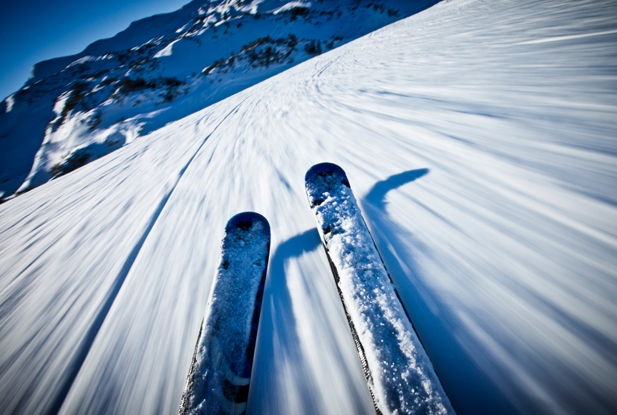It’s more than just a lift ticket – Ski Hill Liability

The leaves are gone and the snow has returned. Winter is back! With the return of winter comes the return of ski season. Skiing is a fun winter sport that many Canadians of all ages and abilities participate in and enjoy every year; however, it is an activity that comes with inherent risks. In fact, a large number of people every year sustain an injury on a ski hill. Given the high risk for personal injury, ski resorts use and have developed various methods to protect themselves from liability.
People know that waivers are a common method used by ski resorts to protect them from liability. However, they don’t often know that waivers can take multiple forms and do not necessarily require a signature. Many people are unaware that a common form of waivers at ski resorts today is to print the waiver on the back of the lift ticket. The courts have found this form of waiver to be sufficient where the ski resort took all reasonable steps to bring the waiver and its terms to the guest’s attention by printing it both on the lift ticket and on signs around the resort. This was the decision reached in the 2008 Ontario case Cejvan v. Blue Mountain Resorts Ltd.
In this case, a skier was injured while snowboarding at Blue Mountain. He struck a snow-making hydrant that was hidden by snow and he sued Blue Mountain for damages he sustained as a result of his injuries. Despite the fact that Blue Mountain was found to be 20% at fault (the plaintiff was found 80% responsible), Blue Mountain was excluded from liability as a result of its waiver and because they had taken reasonable steps to draw the skier’s attention to the waiver and its clauses.
So, what are reasonable steps? In Cejvan, the court considered the wording of the waiver and noted that it was clear and legible. The court also considered the nature, extent, and location of the notices. The court found that there were many bright, colourful signs posted in ideal, high traffic areas. The combination of these factors contradicted any evidence that the plaintiff did not read the notice and the judge concluded that the waiver formed a contract between the skier and Blue Mountain. The judge further noted that the ticket was handed to the skier without objection and although he had plenty of time to read the notice, he chose not to.
While all cases will be decided on the particular facts of the case, if the above facts can be established the ski resort may be excluded from any liability. Therefore, it is very important to be aware of waivers and to read them. It is important to understand that a condition of the use of the ski facility may be that you, the ticket holder, assume all risk of personal injury. The waiver is likely to be broad and indicate that the exclusion of liability relates to injuries resulting from any cause whatsoever including (but not limited to) the risks, dangers and hazards of skiing and snowboarding, and collision with natural or man-made objects.
Another important finding in this case was the large amount of responsibility placed on the skier for the accident (80%). In these circumstances, the skier will often bear a large portion of responsibility for the incident and the injuries they sustained. In the legal industry, this is called contributory negligence and it looks at to what extent a person has contributed to their accident. In many cases, the accident could have been avoided, at least partially.
In that regard, it is important to follow the rules and ski safely; only ski in designated areas, wear a helmet and other appropriate safety equipment, stay in control, ski within your abilities, and have regard for the designated level of the ski hill. These precautions are listed in The Alpine Responsibility Code which is often posted in various spots throughout a ski resort, both on and off of the hill. Ski resorts expect skiers to abide by this code, as do the courts.
Skiing can be a fun and safe winter activity. Just be sure that before you hit the slopes you understand the risks and take the proper safety precautions. Always be aware of your surroundings, and follow the warnings and signs posted throughout the resort.
Contributors

A born-and-raised Barrie resident, Karen knows and loves her community. She is proud to be a partner in one of Canada’s most successful personal injury law firms—right in her own backyard. Karen joined Oatley Vigmond in 2013 as an associate lawyer. She holds a BA from Queen’s University and her Juris Doctor from Bond University in Australia. Prior to being called to the Bar in January 2013, Karen articled at a well-known personal injury law firm in Toronto.
